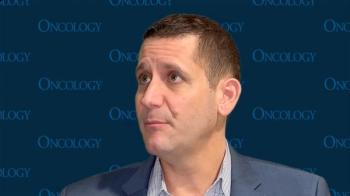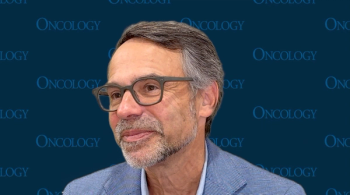
Oncology NEWS International
- Oncology NEWS International Vol 8 No 8
- Volume 8
- Issue 8
Prevention Trial: Many Volunteer, Few Eligible
ORLANDO-Persons genetically at risk for colon cancer appear enthusiastic about participating in prevention trials, but researchers at Johns Hopkins had to recruit a large number of potential participants over a span of 2 years to find 41 people who qualified for their study and were willing to enroll, Linda Hylind, RN, said at Digestive Disease Week.
ORLANDOPersons genetically at risk for colon cancer appear enthusiastic about participating in prevention trials, but researchers at Johns Hopkins had to recruit a large number of potential participants over a span of 2 years to find 41 people who qualified for their study and were willing to enroll, Linda Hylind, RN, said at Digestive Disease Week.
Starting in 1993, the Johns Hopkins researchers contacted 426 people in 37 states who were related to patients in the Hopkins familial adenomatous polyposis (FAP) registry. Of these 426 individuals, 201 (47%) said they were willing to join the study (acceptors), and 41 (10% of the initial group of 426) qualified for and ultimately enrolled in the study. To qualify, the person had to have both the adenomatous polyposis coli (APC) gene and a colon free of polyps.
The acceptors are highly motivated, Ms. Hylind said. Often they have watched a relative in his 30s or 40s die of colon cancer. The process of recruitment took about 2 years, and it involved many long telephone conversations. The researchers engaged in a mean of 4.7 phone conversations with acceptors before enrollment and a mean of 6.1 phone calls with nonacceptors.
The distance between the research center and the persons home did not prove a significant barrier. Acceptors lived an average 423 miles away, while nonac-ceptors lived 437 miles away. Race did prove a significant factor in study participation. Family members from 2 of 10 (20%) black families in the registry accepted participation vs 80 of 126 (63%) white families (P < .05).
The randomized, controlled, double-blind study offers genetic screening and sigmoidoscopy to all participants and randomization to an NSAID (sulindac) or placebo. Every 4 months, the researchers perform flexible sigmoidoscopy and draw blood for testing.
If polyps develop and become too large or too numerous, the participant is removed from the study and is referred to his or her local gastroenterologist for recommendations and continued management of the disease, or for consultation for surgery. We will complete and publish this research within about a year, Ms. Hylind said.
Articles in this issue
over 16 years ago
False positives frequent in CT lung cancer screening trialover 26 years ago
Stereotactic Core Biopsy Establishes Many Prognostic Factorsover 26 years ago
Breast Cancer Prevention With Tamoxifen Appears Cost-Effectiveover 26 years ago
NCI Discovers Gene Variations From Existing Databasesover 26 years ago
CPDR Unveils First Center Solely for Prostate Cancer Researchover 26 years ago
Going Beyond CHOP in Advanced Large-Cell Lymphomaover 26 years ago
Memorial Sloan-Kettering Opens Rockefeller Outpatient Pavilionover 26 years ago
Ernst Wynder, Pioneer in Preventive Medicineover 26 years ago
AHCPR Plans Health Care Market, Managed Care Research Centersover 26 years ago
NSAIDs May Protect Against Common GI CancersNewsletter
Stay up to date on recent advances in the multidisciplinary approach to cancer.
















































































